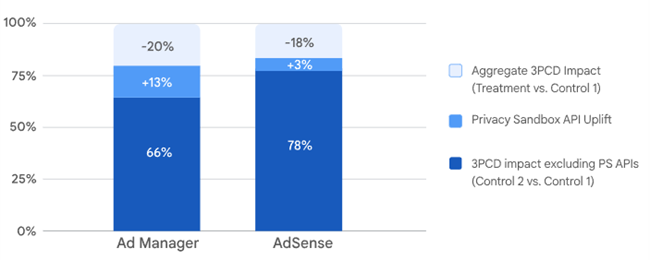
Google has announced that it will not phase out third-party tracking cookies from its Chrome browser as previously planned. Instead, the company will introduce a new prompt allowing users to choose how they want to be tracked across Google’s search products.
Change in Strategy
After years of promising to phase out third-party cookies, Google has reversed its decision following concerns from advertisers. These advertisers, key to Google’s revenue, argued that removing cookies would hinder ad personalization and increase reliance on Google’s data.
The UK’s Competition and Markets Authority (CMA) also scrutinized Google’s plan, fearing it could negatively impact competition in digital advertising.

New User Choice Prompt
Anthony Chavez, Vice President of Google’s Privacy Sandbox initiative, explained that instead of removing third-party cookies, Chrome will offer a new feature allowing users to make informed choices about their tracking preferences. Users will be able to adjust these settings at any time.
Privacy Sandbox Initiative
The company had previously been working on the Privacy Sandbox initiative, which aimed to enhance online privacy while phasing out third-party cookies.
Third-party cookies are small data packets used to track users’ browsing habits but can also be used for unwanted surveillance. The Privacy Sandbox was designed to replace these cookies with privacy-preserving alternatives.
Regulatory and Industry Reactions
Google is collaborating with regulators, including the CMA and the Information Commissioner’s Office (ICO), as well as with publishers and privacy groups on this new approach. This shift in strategy reflects Google’s attempt to balance user privacy with the needs of advertisers.
New Privacy Controls
The updated plan will maintain the Privacy Sandbox APIs, including new privacy features such as IP Protection in Chrome’s Incognito mode. IP Protection will anonymize users’ IP addresses to prevent cross-site tracking. This feature is expected to be implemented by 2025.

Testing and Performance
Google released a whitepaper showing early test results of Privacy Sandbox technologies. These tests indicated that:
- Advertiser spend recovery was 89% in Google Display Ads and 86% in Display & Video 360.
- Return on investment (ROI) for conversions per dollar was 97% in Google Display Ads and 95% in Display & Video 360.
- Remarketing recovery rates were 55% in Google Ads and 49% in Display & Video 360.

While these results suggest that Privacy Sandbox technologies may help recover ad performance, Google acknowledges that more work is needed.
Future Plans
Google will continue to invest in the Privacy Sandbox and work with regulators to refine its approach. The CMA plans to review comments on Google’s new proposal, and further details on the implementation will be shared as the project progresses.
